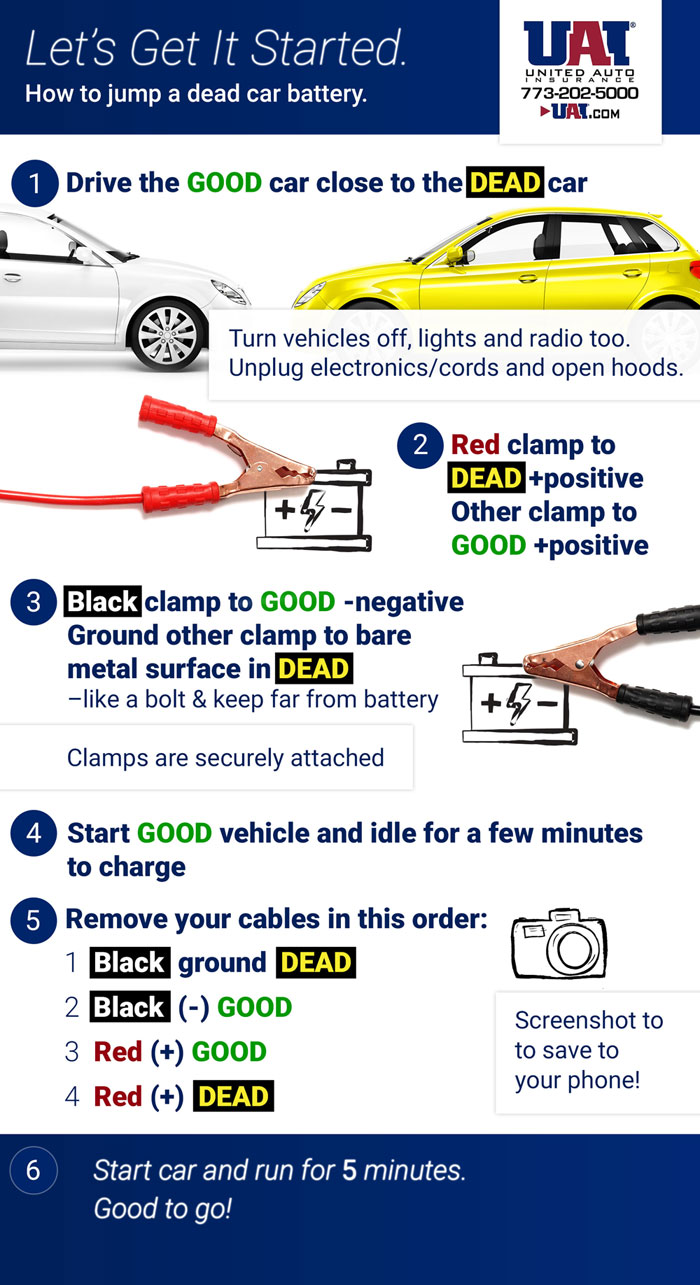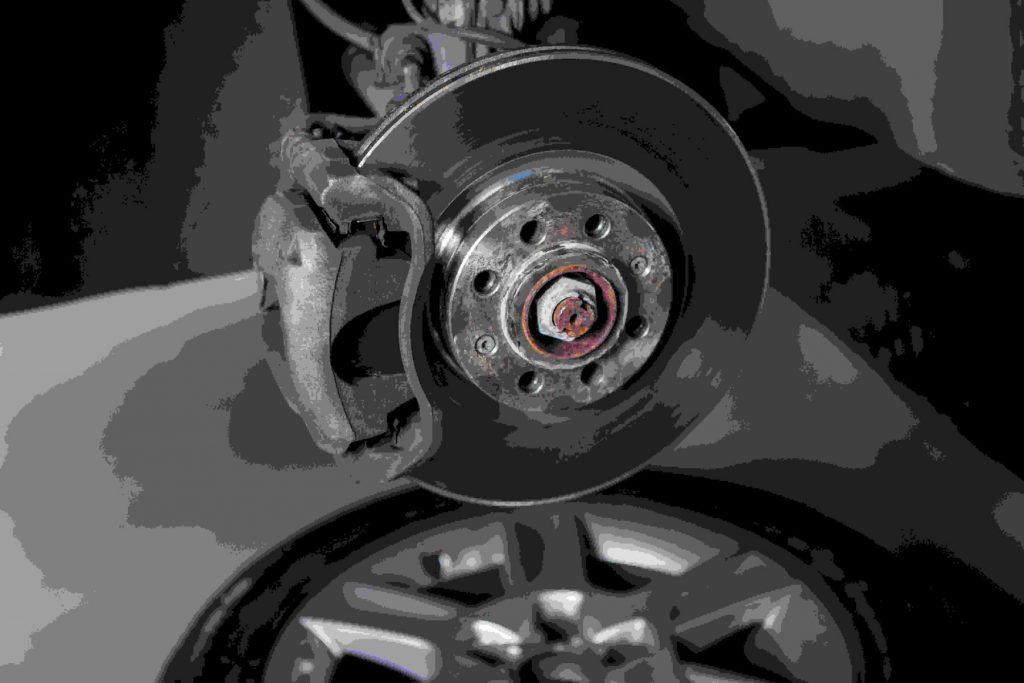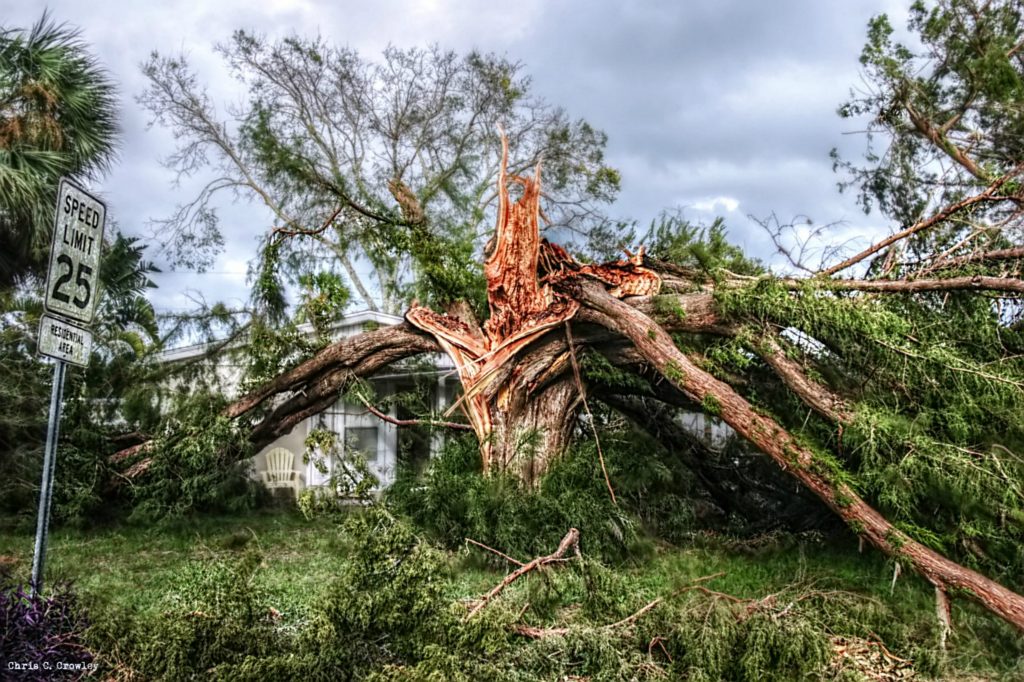Picture this: you turn the key in your car and hear nothing but a click. A dead car battery can leave you stranded on a hot Sharjah day, stressed and running late. It’s a common scenario that we see often at Burj Malabar Auto Maintenance. One of the first questions our customers ask is, “How long does it take to jump a car battery?” In this article, we’ll answer that question, explain why batteries tend to die (especially in Sharjah’s climate), and share tips on safely jump-starting your vehicle and caring for your battery afterwards.
Common Reasons for Dead Car Batteries in Sharjah
In Sharjah, a dead battery isn’t just bad luck – there are real reasons behind it. Car batteries can lose charge or fail for a variety of causes, and our region’s conditions can make these issues more likely. Understanding why your battery died can help you prevent future problems. Here are some of the top culprits:
- Extreme Heat: High temperatures accelerate battery fluid evaporation and corrosion, which shortens a battery’s lifespan. In fact, drivers in the UAE often find they need to replace car batteries every 1–2 years, compared to the 3–5 year average in cooler climates. The Sharjah heat puts extra strain on batteries, so an older battery might die with little warning on a hot day.
- Leaving Lights or Electronics On: We’ve all done it – left the headlights, interior lights, or the radio on by accident. Overnight, these can drain the battery completely. Modern cars also have systems like alarms and sensors that draw a small amount of power. If the car is off and these systems run for hours, the battery can weaken to the point where it won’t start the engine in the morning.
- Lack of Use (Battery Drain): A car that sits unused for long periods can develop a dead battery. Batteries naturally lose charge if not recharged regularly. It’s actually good for your battery to be driven often – if you don’t drive much, it’s recommended to start the car and let it run for at least 10–15 minutes every day or so to keep the battery from discharging completely. In Sharjah, many people have second cars or travel for vacation, and coming back to a car that hasn’t been started in weeks can mean coming back to a dead battery.
- Battery Age and Condition: Car batteries wear out with time. In our experience, once a battery is past about 3 years old (or even sooner in Sharjah’s climate), it’s more prone to failing. If you find yourself needing a jump-start frequently, it’s likely the battery can no longer hold a charge and needs replacement. Regular maintenance, like cleaning corrosion off the terminals, can help a battery last as long as possible, but eventually all batteries reach the end of their life.
- Alternator or Electrical Issues: Sometimes the battery isn’t the real culprit. A failing alternator (which charges the battery when the engine runs) can lead to a dead battery, since the battery isn’t getting recharged. Other electrical problems – say a glove box light that never turns off, or a faulty relay – can create a “parasitic draw” that drains the battery overnight. If your battery dies repeatedly even after jumps or a new battery, it might be time to have our technicians check the car’s charging system for underlying issues.
By knowing these common causes, you can often identify why your battery died – and take steps to avoid it. Next, let’s get to the big question about jump-starting.
How Long Does It Take to Jump-Start a Car Battery?
Jump-starting a car battery is usually a quick process. In most cases, you can go from a dead battery to a running engine in a matter of minutes. However, the exact time can vary depending on the situation and method. Here’s the breakdown:
- Typical Jump-Start Time: If you’re using jumper cables with another vehicle, jump-starting your car may take around 5–10 minutes once everything is set up. Often, as soon as you properly connect the cables and start the working car, you can attempt to start the dead one within a few minutes. Many drivers find the car starts up almost immediately if the battery wasn’t completely flat.
- Using a Booster Pack or Professional Service: If you have a portable jump starter (battery booster pack) or you’ve called a professional service, it can be even faster. With a high-quality jump pack, it often takes less than 5 minutes to hook up and jump-start the car. We use commercial-grade booster packs for roadside jump-start assistance, so once our technician arrives and connects the booster, your engine will likely roar to life almost instantly.
- Stubborn Cases: In more stubborn situations – say the battery is extremely drained or there’s corrosion – jump-starting can take longer. You might need to leave the cables connected for several minutes to let the dead battery charge up a bit before trying to start. In certain cases, jump-starting a deeply discharged battery can take up to 20–30 minutes. Factors like the battery’s health, the temperature, and the size of the engine can all influence this. (For example, a large V8 engine needs more current to start than a small four-cylinder.) Don’t be discouraged if one or two quick attempts don’t work – let the donor vehicle run for a few minutes and try again.
To give you a clearer idea, here’s a quick comparison of different jump-start scenarios and how long each typically takes:
| Jump-Start Method or Scenario | Time to Get the Car Started | Notes |
|---|---|---|
| Using jumper cables (another car helping) | ~5–10 minutes | Includes time to connect cables. If the dead battery is very weak, let it charge for a few minutes from the donor car before cranking. |
| Using a portable jump starter pack | < 5 minutes | Quick and convenient. Ensure the jump pack is fully charged. Great for a fast solo jump-start without needing a second car. |
| Professional service with commercial booster | < 5 minutes | Experts (like our team) use high-power boosters. Once on-site, we usually get you running almost immediately. The wait is mainly the travel time to reach you. |
| Extremely drained (“dead flat”) battery | 10–20+ minutes | May require charging the battery for a longer time before it’s able to start the car. If your battery was completely dead, be patient and let it receive some charge. (In rare cases of a bad battery, a jump might not work at all.) |
As you can see, a jump-start generally doesn’t take long at all. In best-case scenarios, you’ll be back on the road in minutes. Even in worst-case scenarios, it’s usually well under half an hour to get going. This is much faster than waiting for a tow truck or other solutions, which is why jump-starting is the go-to remedy for a drained battery.
After the Jump-Start – Charging the Battery: Keep in mind that once your car has started, the battery is not fully “back to normal” yet. The alternator will recharge the battery as the engine runs, but this takes a bit of time. Don’t simply drive off and shut the car off immediately. It’s recommended to let the car run for a while (around 15–30 minutes) so the battery can recharge to a healthy level. In fact, experts suggest you should drive for at least 30 minutes after a jump-start to fully charge a very low battery. If you only idle or drive for a few minutes and then turn the car off, you might come back to a dead battery again because it didn’t recharge sufficiently. We advise driving on a highway or less congested road for a half hour or so, if possible, before shutting the engine off. This helps ensure the battery gets a solid charge. (On the flip side, do not just rev the engine in park – normal driving is better for the alternator to work effectively.)
One more tip: if your car does die again shortly after the jump (for instance, you turn it off after that 30-minute drive and next morning it’s dead again), then the battery likely isn’t holding a charge. This could mean the battery has reached the end of its life or there’s an issue with the charging system. In such cases, a jump-start is only a temporary band-aid. It’s best to get the battery and alternator checked out – you may need a battery replacement to fix the problem for good.
Tips for a Quick, Safe Jump-Start and Battery Care
Jump-starting is straightforward, but it’s important to do it safely and correctly. Here are some tips we emphasize to Sharjah drivers for a smooth jump-start process and for taking care of your battery in the long run:
- Use Quality Cables/Equipment: If you’re carrying your own jumper cables, make sure they are good quality, sufficiently thick, and not damaged. Cheap or thin cables can get hot and might not carry enough current. Similarly, if you use a portable jump starter, keep it charged and ready. Quality equipment can make the jump-start faster and safer.
- Follow Proper Connection Order: When using jumper cables, remember the basic rule: positive to positive, negative to negative (with the final negative connection going to a metal ground on the dead car, if possible, to minimize sparking). Connect the red (+) clamp to the dead battery’s positive terminal first, then the red (+) to the good battery. Next, connect the black (−) clamp to the good battery’s negative terminal, and finally connect the remaining black clamp to an unpainted metal part of the dead car’s engine/chassis. This sequence helps prevent sparks near the battery. Always double-check cable placement before starting the working car.
- Safety First: Ensure both vehicles are turned off (and in park or neutral with parking brake on) before connecting cables. Keep metal objects away from the battery. Don’t lean over the batteries while connecting or when starting the car, just in case. If you see any damage to the battery (cracked case, leaking fluid) do not attempt a jump-start – a leaking battery could explode. In that situation, it’s safer to call professionals for help. Likewise, never attempt to jump-start a battery that is frozen (not a likely issue in Sharjah, but important to note in general).
- Be Patient – Don’t Rush the Process: Give the dead battery a minute or two to absorb some charge after you’ve connected the cables and started the helper car. This isn’t always necessary, but if the first start attempt doesn’t work, wait 5 minutes and try again. Revving the engine slightly (to ~1500 RPM) on the donor car can help its alternator generate a bit more power for the jump. If several attempts fail, accept that it might not start – you may need a new battery or a different approach. Avoid cranking the ignition repeatedly in quick succession, as this can overheat the starter or cables.
- Aftercare for Your Battery: Once you’ve successfully jump-started and let the car run, consider the health of your battery. If the battery was drained because someone left the lights on, you’re probably fine after recharging it. But if the cause is unknown or the battery is old, it may be wise to have a battery test done. We can test your battery’s voltage and “cold cranking amps” to see if it’s still strong. If your battery is over ~3 years old or has needed multiple jumps recently, think about replacing it to avoid future breakdowns. Also, check the alternator (our mechanics can do a quick charging system test) to make sure it’s properly recharging the battery. Preventative care goes a long way – clean any corrosion on the terminals, ensure connections are tight, and consider investing in a battery maintainer if you don’t drive your car often.
Lastly, don’t hesitate to seek help. There’s no shame in calling a professional if you’re unsure about jump-starting or don’t have the tools. We provide mobile jump-start assistance across Sharjah – our rapid-response team can typically reach you within 30 minutes and get you going in no time. Sometimes letting experts handle it is the quickest and safest route, especially if you’re stuck in an inconvenient or unsafe location.
Jump-Starting Made Easy in Sharjah
A dead battery might be an inconvenience, but with the right approach, it’s a problem that can be solved quickly. In most cases, jump-starting a car battery only takes a few minutes – a small hiccup in your day rather than a major disaster. By understanding why your battery might have died and how to properly jump-start and recharge it, you can regain confidence on the road. And remember, we’re here to help. At Burj Malabar Auto Maintenance, our team is just a call away to assist Sharjah drivers with fast jump-starts, battery replacements, or any other car troubles. With a bit of know-how (and our support when you need it), you’ll be back on the road in no time, enjoying the journey knowing that a dead battery is nothing to fear.



